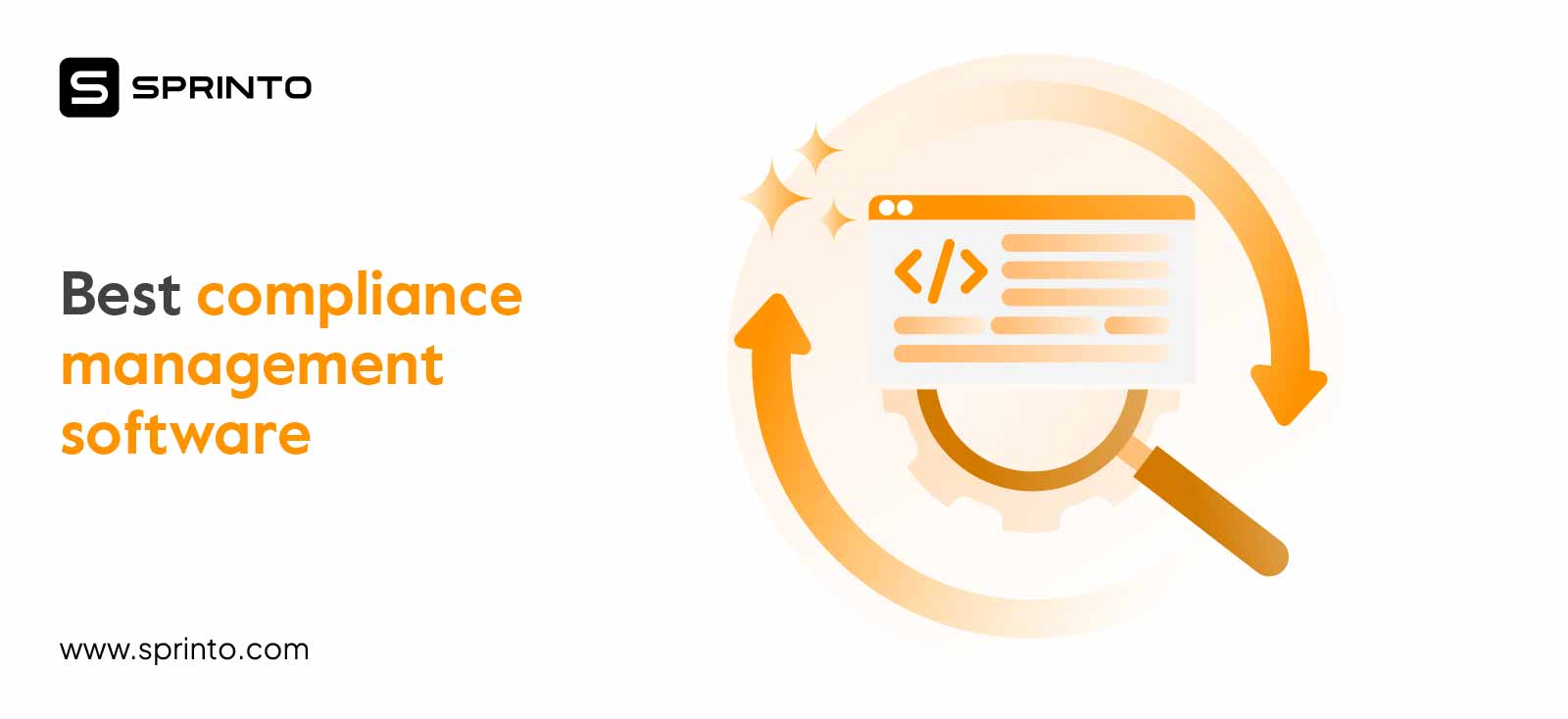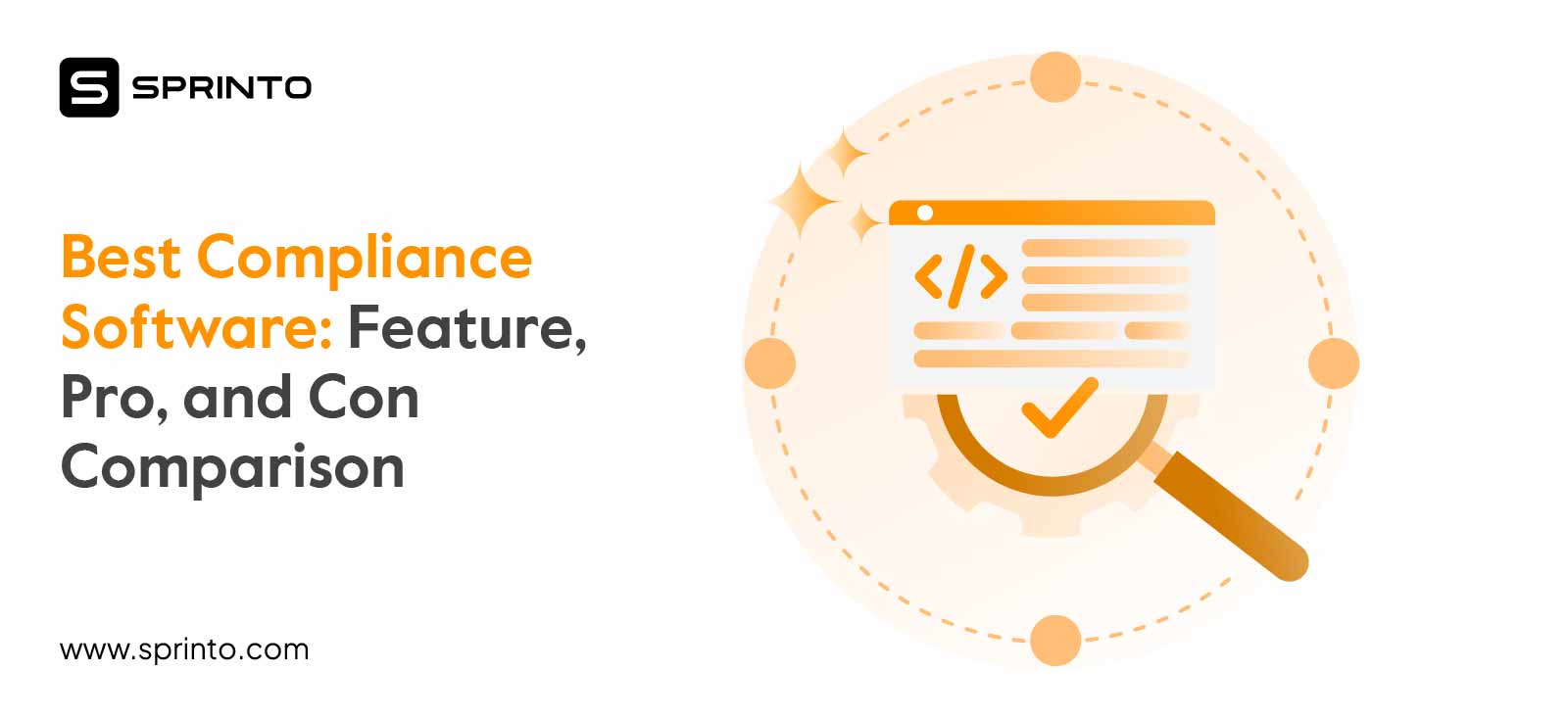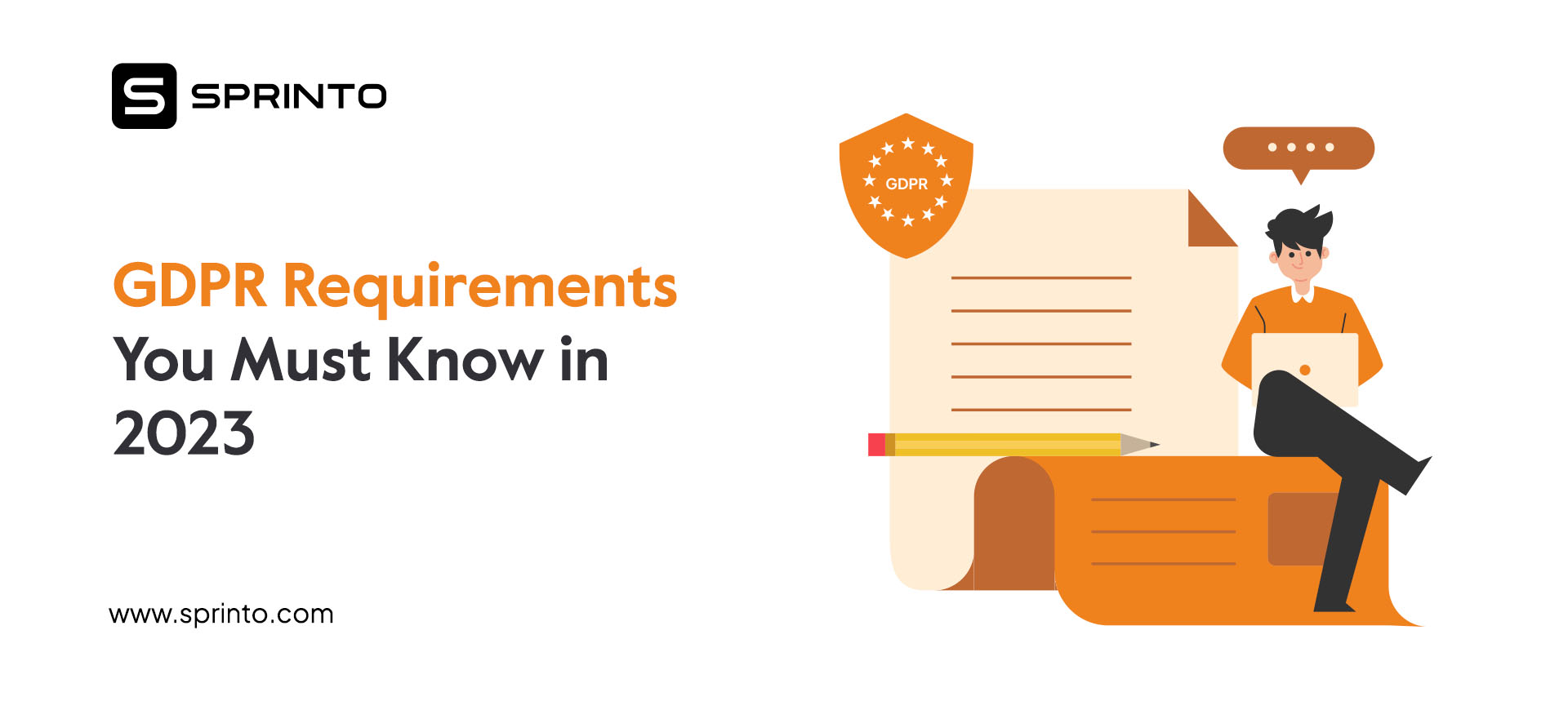ISO 27001 Gap Analysis: What is it And How to Get Started
Meeba Gracy
Mar 01, 2024

The applicability of the ISO 27001 standard can be daunting for companies of all sizes. Faced with a wealth of requirements and best practices, organizations need help determining how to implement the most cost-effective solution.
A proper gap analysis looks at a company’s existing security management system about the ISO’s guidelines and can help them chart their way forward.
Companies who take this approach usually find some gaps they need to close, but it also allows them to create a tailored plan that meets their business needs while still adhering to the rigorous standards established by ISO 27001.
In this article, let’s find out what ISO 27001 gap analysis is and why it is important for your company.
What is ISO 27001 gap analysis?
An ISO 27001 gap analysis offers a comprehensive overview of the steps necessary to attain certification, allowing you to evaluate and compare your organization’s current information security practices with the ISO 27001 requirements.
ISO 27001 gap analysis assesses the key vulnerabilities—from potential people issues to technical problem areas like access controls. It enables companies to compare existing controls, such as data privacy, risk management, and cyber-attack mitigation, with the requirements outlined in ISO 27001, offering a clear understanding of the necessary measures to enhance compliance and security.
The findings from the gap analysis not only informs about compliance shortcomings but also serves as a roadmap for achieving a more secure and compliant information security management system.
.
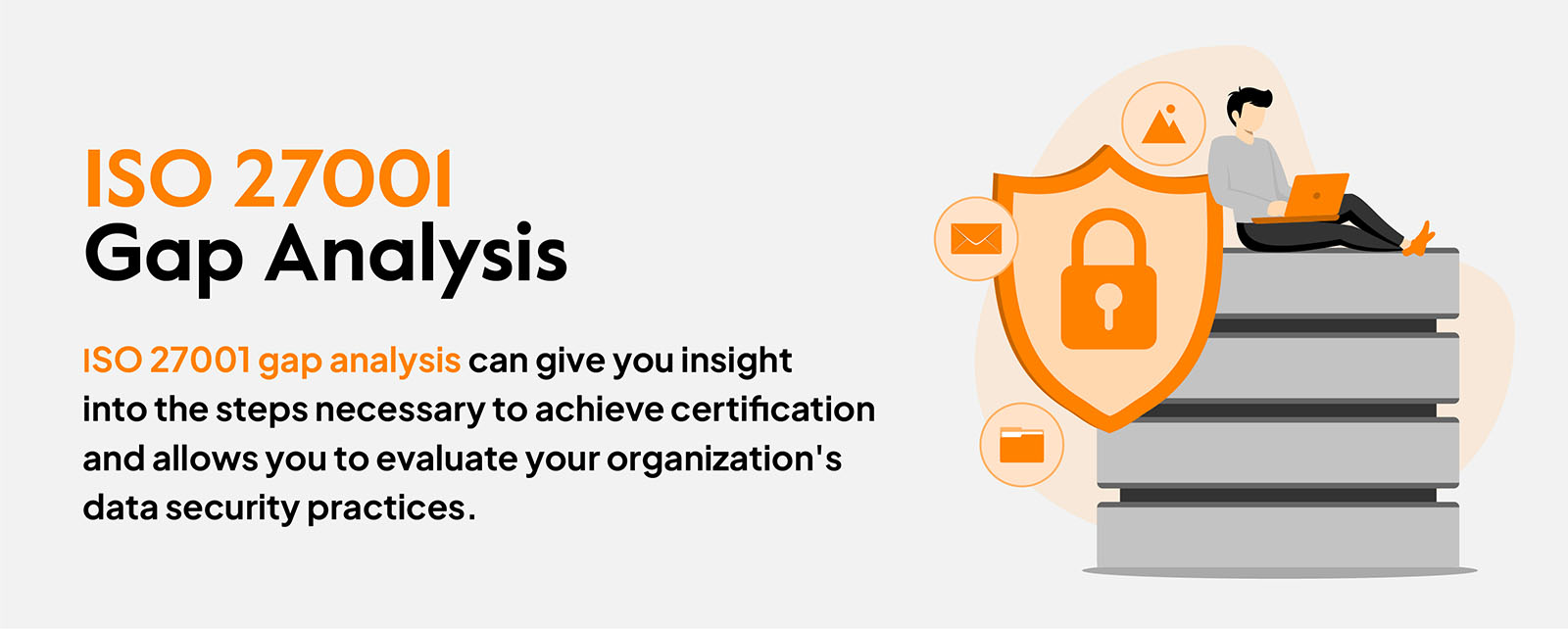
By comparing these arrangements, you’ll be able to identify any areas of weakness and confidently make improvements.
A successful ISO 27001 gap analysis is like a well-crafted puzzle – each piece in the jigsaw fits together to make the complete picture. It closely examines current security practices against those required by the Standard.
It assesses the key vulnerabilities: from potential people issues such as communication or training gaps or technical problem areas like access controls.
In short, it provides an understanding of what gaps need to be addressed to help you become more compliant and secure.
It compares existing controls, such as those in place for data privacy, risk management, or cyber-attack mitigation, to the requirements outlined in ISO 27001. Moreover, it looks across all business functions to identify any gaps.
Armed with this understanding, you can confidently move forward knowing exactly which measures and improvements are needed to close the gap and become compliant with the Standard.
Fast-track your ISO 27001 journey
Why is gap analysis important for ISO 27001?
A gap analysis is a key part of achieving ISO compliance. It allows you to assess your company’s operations and prepare for what lies ahead.
With it, your businesses will be able to meet the criteria because you cannot accurately determine areas needing improvement or necessary processes that must be implemented. For example, having an ISO 27001 gap analysis checklist can help you save precious time and resources by helping you identify targets instead of engaging in guesswork.
And it will help you build an internal system that meets the painstaking standards of ISO to provide customers with an unbeatable quality experience.
Take Sprinto for example, a compliance software that helps you in your compliance journey automates most of the processes and helps you close the widened gap for security best practices.
ISO 27001 Audit Insights:
“We could have accomplished all of this using Excel and PowerBI, but it would have required many man-hours. And more than 8 months. With a purpose-built tool like Sprinto, we can meet timelines and goals much faster.” says Anil, CISO, Officebeacon.
Explore more related to ISO 27001 software
How to get started with ISO 27001 gap analysis?
Initiating ISO 27001 gap analysis is a strategic step towards ensuring robust information security practices. With the proper guidance and tools, your organization can navigate this process efficiently, ensuring compliance with ISO 27001 standards and enhancing overall operational resilience.
Understanding the ISO 27001 requirements and assessing your organization’s security controls is crucial for full adherence.
Here’s how to do a gap analysis for ISO 27001:
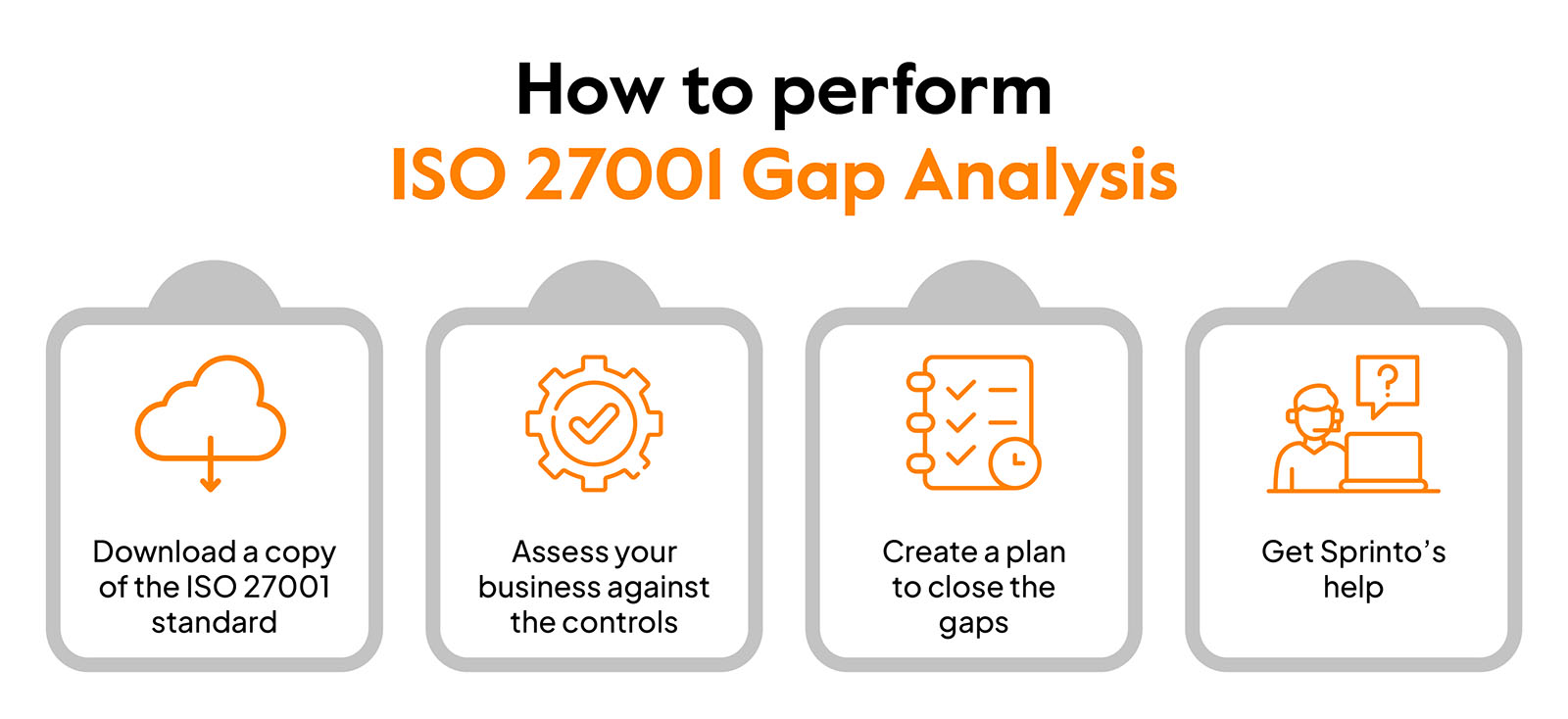
Download a copy of the ISO 27001 standard
Begin by obtaining a copy of the ISO 27001 standard. Familiarize yourself with its contents, which lays the foundation for a comprehensive gap analysis. You can also download the ISO 27001 gap analysis template provided below.
Dedicate time to comprehend the ISO 27001 standard thoroughly. Gain insights into the specific requirements and controls outlined in the standard. This knowledge is essential for a detailed evaluation of your organization’s compliance status.
Assess your business against the controls
Proactively evaluate your business objectives against the latest industry standards specified in ISO 27001. Analyze the implementation of each control, identifying areas that require improvement for optimal operational efficiency. This step helps you analyze compliance gaps and ensures a holistic understanding of your organization’s current security posture.
Create a plan to close the gaps
Develop a meticulous plan to address gaps in your organization’s compliance with ISO 27001 controls. This plan should outline actionable steps to achieve the necessary safeguards, ensuring sustained success. Timely implementation is critical to maintaining reliability and effectiveness in your organizational processes.
Utilize Sprinto’s Compliance Automation
Sprinto is a comprehensive compliance automation solution specifically crafted to streamline ISO 27001 gap assessment processes and enhance certification readiness. By utilizing advanced features like automated workflows, control mapping, training modules, and audit dashboards, Sprinto facilitates a smoother ISO 27001 certification process.
Read how Sprinto helped Equature get ISO 27001 audit-ready and drastically improved its sales velocity.
Breeze through your ISO 27001 audit. Talk to our experts today
Challenges of implementing ISO 27001 gap assessment
Implementing an ISO 27001 gap assessment presents several challenges that organizations need to navigate for successful information security compliance:
Resource and budget constraints: Allocation of adequate resources, time, and budget for a thorough examination may be challenging, potentially leading to gaps in the assessment process.
Need for skilled professionals: Acquiring the necessary expertise and experienced professionals to conduct the assessment can take time, impacting the accuracy and depth of the evaluation.
Complexity of documentation: Managing the intricacies of documenting information security processes and controls to meet ISO 27001 standards adds complexity, demanding meticulous attention to detail.
Managing third-party relationships: Ensuring alignment with ISO 27001 standards in third-party relationships introduces challenges in coordinating and verifying the security practices of external entities, requiring effective management strategies.
Stakeholder communication and awareness: Achieving consensus among stakeholders and fostering a culture of information security awareness across the organization is crucial but challenging, requiring strategic planning and ongoing commitment.
ISO 27001 gap analysis template
Download your ISO 27001 Gap Analysis Template
What next?
If your business is looking to reach the highest levels of ISO 27001 compliance, you should look at Sprinto. We can provide the expert analysis and insights necessary to overcome the complex certification requirements.
While questionnaires-based gap analysis can offer some direction, they rarely consider all scenarios.
That’s where Sprinto comes in. From experienced professionals with a deep knowledge base, you have access to every step of the process in one easy-to-use platform.
Ready to talk? Speak to our experts today.
FAQs
What are the three 3 fundamental components of a gap analysis?
The three fundamental components are as follows:
- Assess your present situation
- Determine your goal
- Highlight the gap between both
What is gap analysis in cyber security?
A security gap assessment is a comprehensive evaluation of an organization’s safeguards. It’s designed to reveal any chasms between their current level of protection and their desired endpoint, ensuring it meets all applicable industry standards.
What is the first step of a gap analysis?
To begin your gap analysis, it is essential to determine precise objectives by studying the organization’s mission statement, business strategies, and improvement objectives.
What can you expect from an ISO 27001 gap assessment report?
An ISO 27001 gap assessment report offers valuable insights into your current proximity to meeting the standard, highlighting areas for improvement. This assessment facilitates strategic planning for control implementation, guiding your journey toward certification. It serves as a proactive measure, ensuring a smoother and well-scheduled certification audit process.
How often is the ISO 27001 gap analysis conducted?
While an initial ISO 27001 gap assessment is crucial before formal certification, ongoing assessments are recommended to adapt to organizational changes and evolving threats. Periodic reviews ensure continual compliance, making it a valuable practice for sustained information security excellence.
Meeba Gracy
Meeba, an ISC2-certified cybersecurity specialist, passionately decodes and delivers impactful content on compliance and complex digital security matters. Adept at transforming intricate concepts into accessible insights, she’s committed to enlightening readers. Off the clock, she can be found with her nose in the latest thriller novel or exploring new haunts in the city.
Grow fearless, evolve into a top 1% CISO
Strategy, tools, and tactics to help you become a better security leader
Found this interesting?
Share it with your friends
Get a wingman for
your next audit.
Schedule a personalized demo and scale business

Sprinto: Your growth superpower
Use Sprinto to centralize security compliance management – so nothing
gets in the way of your moving up and winning big.
